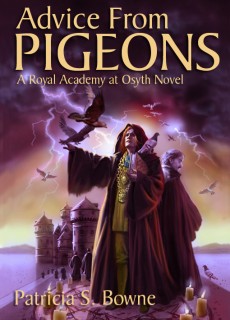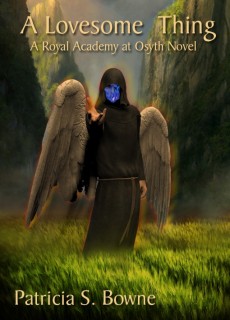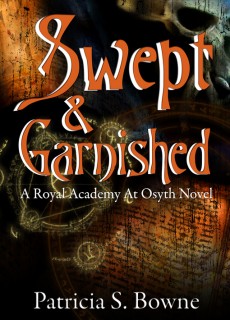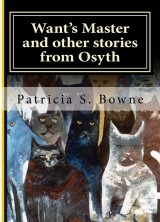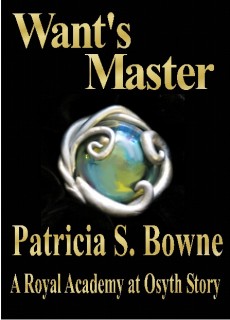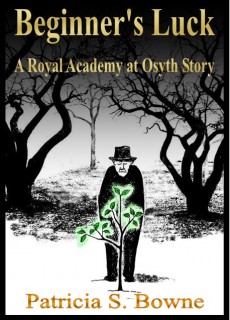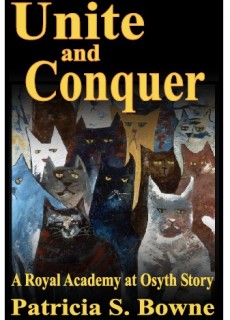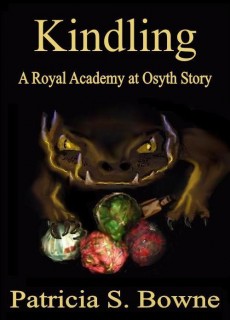A Ma and Sayap by Kira Dreyer Messell
A Ma just didn’t grab me. The ideas brought up were very interesting, and I would have liked to see them explored further. Where are the other people who became gods? What’s constraining this god’s actions? She doesn’t seem to have tried doing any of the things I would do if I were immortal, and is that because she’s tried them and found out they don’t work?
Perhaps the author was retelling an actual legend, and didn’t feel she could take the license to address those sorts of things. But I have lots of questions about the lives of little local special-purpose gods, once I start thinking they have lives and can do things like joining theatrical troupes.
Sayap was more interesting but way less pleasant, to me. It reminded me of several other creepy stories I’ve read about people trying to create human-animal hybrids, which I also disliked – it’s just a topic that squicks me.
The new girl’s questions and attitude were what kept me going, by giving hope of a satisfying ending. It wasn’t completely clear how that ending linked back to the beginning quote, though. Who will become the daughters? I have an idea, but am not sure of it. The only person actually acting as the madman’s daughter in the story is the narrator.
Actually, thinking about that narrator gives me insight into what stood out most to me about these two stories – the lack of agency in the characters. That’s a common thing in legends, which present themselves as telling you what happened long ago and far away. But it’s one of the reasons I find it so difficult to graft modern, living characters onto legends; we expect to see living characters making choices. So I wonder why the protagonist in the first story hasn’t made a killing in the stock market, and why none of the girls’ families have come after them in the second story, and as the tales go on that kind of wondering grows to take up more and more of my mind until I can no longer enter into the story wholeheartedly.
Enfermos by Raquel I. Penzo was another of those stories where the fantastic element seems to be purely symbolic. Which makes sense – the cloud that follows the narrator, the shadow in the apartment across the alley, seem as good explanations as any for the changes she undergoes. Most of those changes seem to happen off-stage, though, so am I right to think the cloud was involved in them?
I wanted an explanation of it, some hope for overcoming it, so much that it made me realize that there wasn’t any explanation in the other symbolic-fantasy story in this issue. That made me wonder about symbolic-fantasy stories in general, and hope that I’ll develop some overall understanding of them as I read more.
There were some places where different formatting or just a bit more explanation would have helped me understand this story better. The key one was near the end, where somebody speaks to Nana; it was formatted as if the mother was the one speaking, and I confused myself by reading it that way. I also assumed ‘Papi’ was the narrator’s father, and that got me quite disoriented about where she was living at various times in the story. I’ll have to be less impatient with my critique group when they pick on me about things that I think are obvious!
Whose Woods These Are by Carrie Vaccaro Nelkin
This story, I felt on solid ground with! I could identify completely with the protagonist’s feelings, guilt and unwillingness to act, and the story built until I thought I knew what was going on – but, like the narrator, I discovered at the end that I didn’t. And, like her, I wasn’t sure how I should feel about it even after I knew the secret. I’d enjoy reading the next chapter about this narrator and her new responsibilities.

